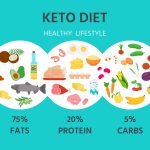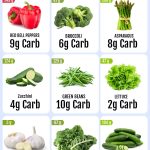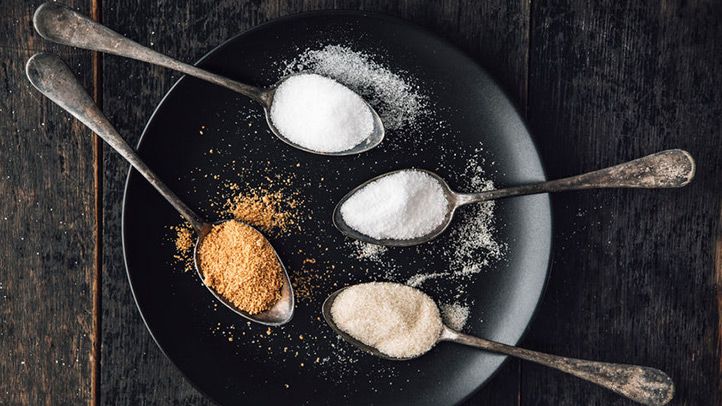The Crucial Role of Dietary Fiber in Preventing Chronic Diseases
In today’s fast-paced world, chronic diseases have become a significant health concern, affecting millions of people worldwide. Heart disease, diabetes, obesity, and certain types of cancer have become prevalent, largely due to poor dietary choices and sedentary lifestyles. However, there is a powerful ally in the fight against chronic diseases that often goes unnoticed: dietary fiber. In this blog post, we will explore the importance of dietary fiber and how it plays a pivotal role in preventing chronic diseases.
Understanding Dietary Fiber
Dietary fiber, also known as roughage or bulk, is a type of carbohydrate that is found in plant-based foods. Unlike other carbohydrates, fiber cannot be broken down by our digestive enzymes, meaning it passes through our digestive system largely intact. This unique property gives fiber its incredible health benefits.
Types of Dietary Fiber
There are two main types of dietary fiber: soluble fiber and insoluble fiber. Soluble fiber dissolves in water and forms a gel-like substance in the intestines. It can be found in foods such as oats, legumes, fruits (like apples and citrus fruits), and vegetables (like carrots and broccoli). Insoluble fiber, on the other hand, does not dissolve in water and adds bulk to the stool, aiding in the smooth movement of food through the digestive tract. Whole grains, nuts, seeds, and certain fruits and vegetables (like cauliflower and green beans) are good sources of insoluble fiber.
The Role of Dietary Fiber in Preventing Chronic Diseases
Promotes Heart Health
Heart disease remains one of the leading causes of death worldwide. However, a diet rich in fiber has been shown to reduce the risk of heart disease significantly. Soluble fiber helps lower LDL cholesterol levels, commonly referred to as “bad” cholesterol, by binding to it in the digestive tract and aiding in its excretion. By reducing LDL cholesterol, fiber contributes to maintaining healthy blood vessels and reducing the risk of atherosclerosis and cardiovascular events.
Manages Diabetes
Fiber plays a vital role in managing diabetes, particularly type 2 diabetes. When we consume high-fiber foods, they slow down the absorption of sugars, preventing rapid spikes in blood glucose levels. This helps regulate blood sugar and insulin levels, reducing the risk of developing insulin resistance and type 2 diabetes.
Supports Weight Management
Obesity is a major risk factor for various chronic diseases. Including fiber-rich foods in the diet can aid in weight management as they provide a feeling of fullness and satisfaction. Moreover, fiber slows down the digestion process, leading to reduced hunger and fewer overall calorie intake.
Digestive Health
Insoluble fiber promotes healthy digestion and regular bowel movements, preventing constipation and other digestive issues. Additionally, a well-functioning digestive system is associated with a reduced risk of gastrointestinal diseases, including colon cancer.
Reduces Cancer Risk
Studies suggest that a diet high in fiber is associated with a lower risk of certain types of cancer, such as colorectal cancer. The exact mechanisms are not fully understood, but it is believed that fiber’s ability to promote a healthy gut environment, improve digestion, and reduce inflammation contributes to its protective effect against cancer.
Incorporating Fiber into Your Diet
Now that we understand the critical role of dietary fiber in preventing chronic diseases, let’s explore some practical ways to incorporate more fiber into our daily diet:
- Choose Whole Foods: Opt for whole grains like brown rice, quinoa, and whole wheat over refined grains. Whole fruits and vegetables with skins intact are also excellent sources of fiber.
- Snack on Nuts and Seeds: Keep a stash of nuts and seeds such as almonds, chia seeds, and pumpkin seeds for a quick and fiber-rich snack.
- Beans and Legumes: Include beans, lentils, and chickpeas in your meals as they are rich sources of both soluble and insoluble fiber.
- Go Fruity: Consume a variety of fruits throughout the day. Berries, apples, pears, and oranges are particularly high in fiber.
- Gradual Increase: When increasing your fiber intake, do so gradually to allow your digestive system to adjust. Sudden high-fiber consumption may lead to bloating and discomfort.
Dietary fiber is not just another nutrient; it is a powerful tool in our quest for good health and disease prevention. By incorporating more fiber-rich foods into our diet, we can significantly reduce the risk of chronic diseases like heart disease, diabetes, obesity, and certain types of cancer. Embrace the natural goodness of fiber and take charge of your health one fiber-filled meal at a time. Remember, small changes today can lead to significant health benefits in the long run.













